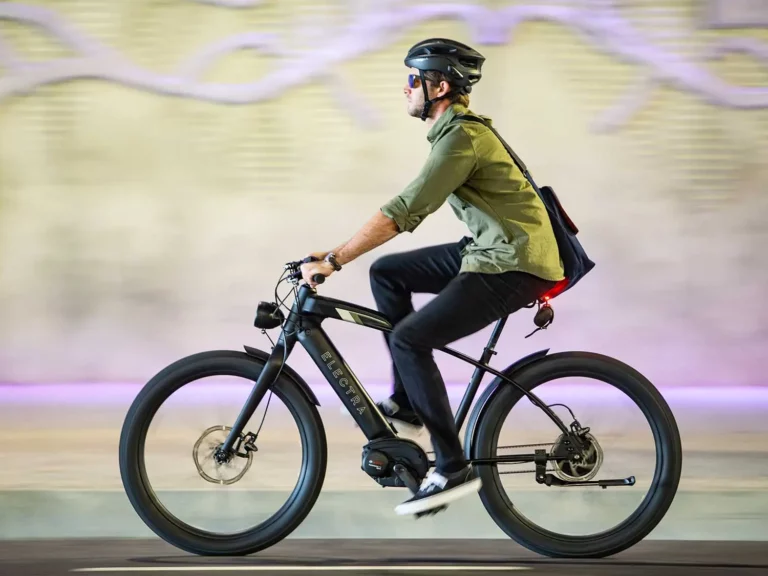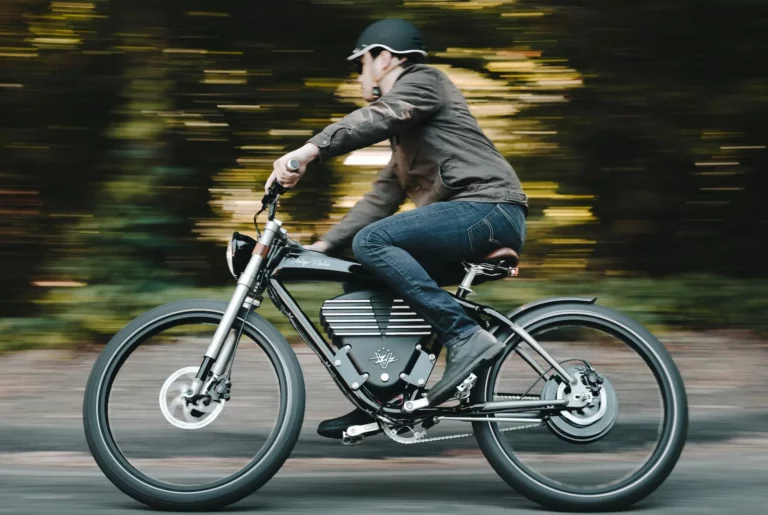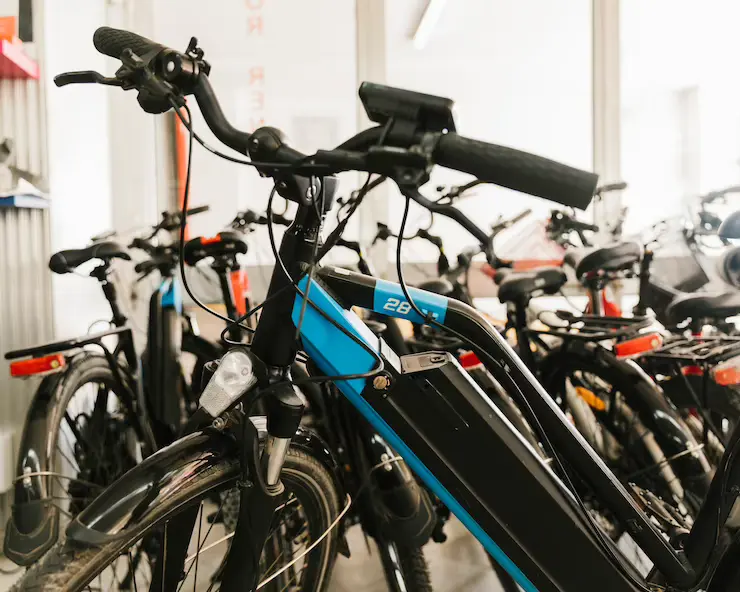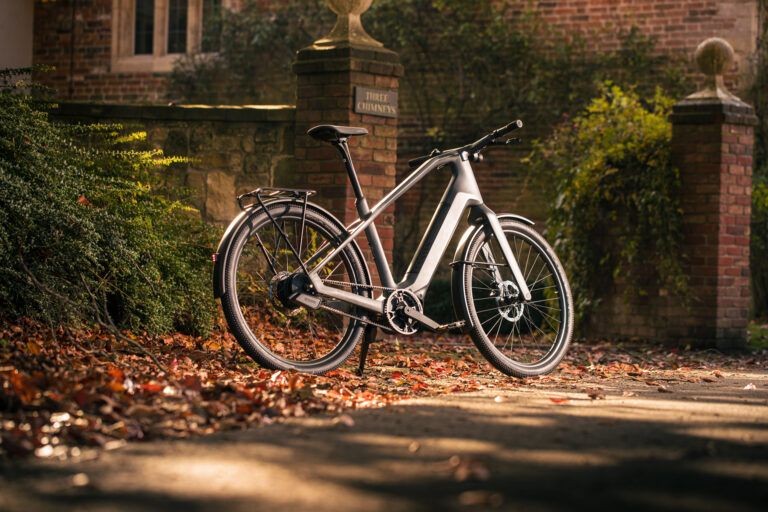Where Are the E-Bike Technologies Going?
From the beginning of the 19th century, e-bikes have transformed into sleek, efficient, and powerful machines that are transforming how we think about transportation. Early e-bikes were bulky and inefficient, with heavy lead-acid batteries and underpowered motors.
However, advancements in battery and motor technologies have transformed e-bikes into a viable alternative to traditional bikes and cars. Electric bikes are available in numerous styles and designs. From commuter bikes to mountain bikes, there is something for everyone! They are equipped with powerful lithium-ion batteries and high-performance motors.
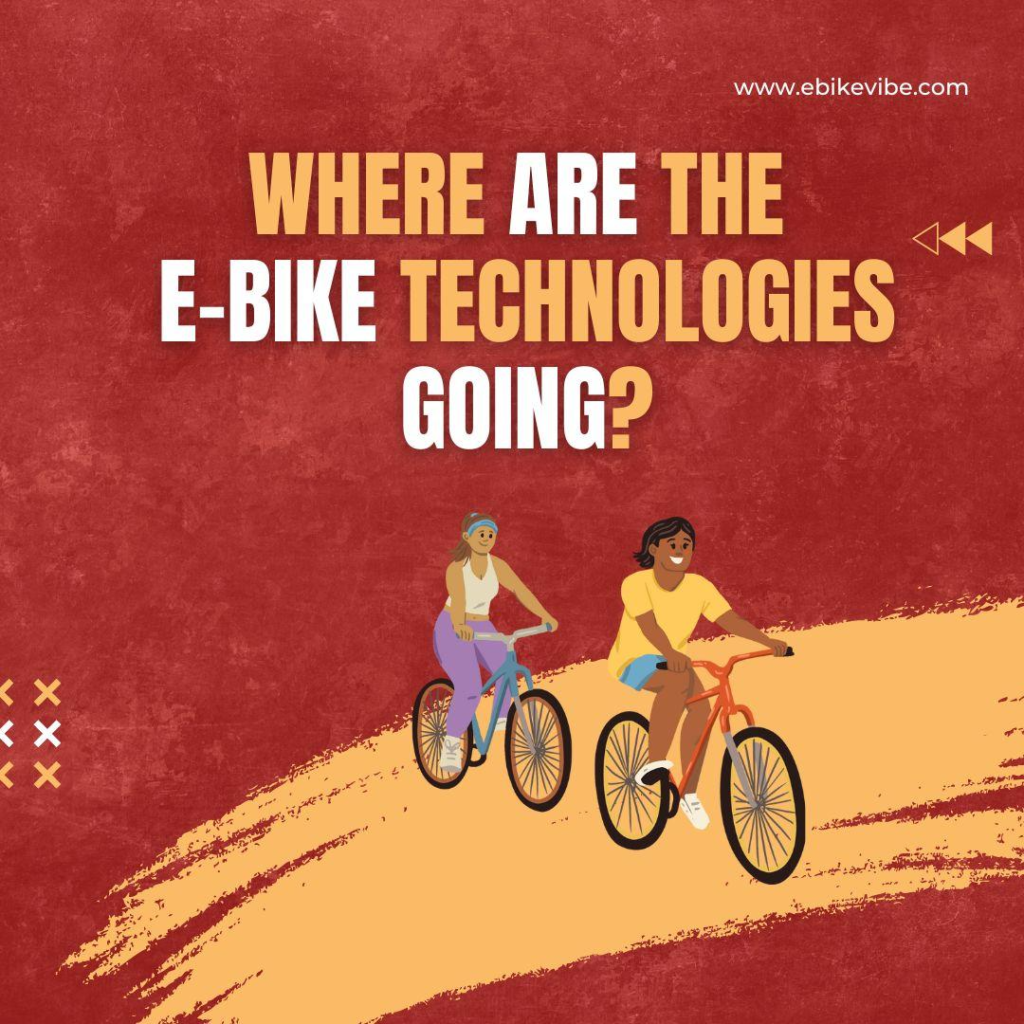
As electric bikes are gaining popularity, the question arises here where is e-bike technology heading to? With more research and development investment, no one is telling what kind of advancements we may see in the coming years. So, let’s dive into the emerging e-bike technologies and explore the future of e-bike technologies.
Current E-Bike Technologies
The current state of e-bike technologies is quite impressive. E-bikes have various components that work together to provide riders with a smooth and powerful ride. Some of the key components of an e-bike include:
Motors:
Electric bikes are a game-changer when it comes to transportation. They’re equipped with motors that assist the pedals. It makes it easier to ride longer distances or tackle steep hills. Two types of motors are used in e-bikes: hub motors and mid-drive motors. Hub motors are located in the wheel hub. In contrast, mid-drive motors are situated near the pedals within the bike’s frame.
Batteries:
E-bike batteries are typically lithium-ion batteries with high energy density and long life. They are usually located on the frame of the bike. It provides power to the motor. However, battery technology has improved significantly in recent years. Some e-bikes now travel over 100 miles on a single charge.

Controllers:
E-bike controllers regulate the power flow from the battery to the motor. They also control the level of assistance the motor provides, which the rider can adjust. These electric bikes have an advanced controller. They allow riders to choose from multiple assistance levels. You can also customize how the bike behaves.
Displays:
E-bike displays are typically located on the handlebars and provide riders with information about the bike’s speed, battery life, and other important metrics. Some displays also include GPS navigation and other smart features.
The electric bikes provide riders with a smooth and enjoyable riding experience. But what’s next for e-bike technologies?
Emerging E-Bike Technologies
Several emerging e-bike technologies are currently in development. These technologies can potentially make e-bikes even more efficient, powerful, and user-friendly.
Some of the most exciting emerging e-bike technologies include:
Smart Features:
E-bikes are becoming increasingly smart, with many new models with features like GPS navigation, Bluetooth connectivity, and even biometric sensors. These features allow riders to stay connected and track their performance in real-time.
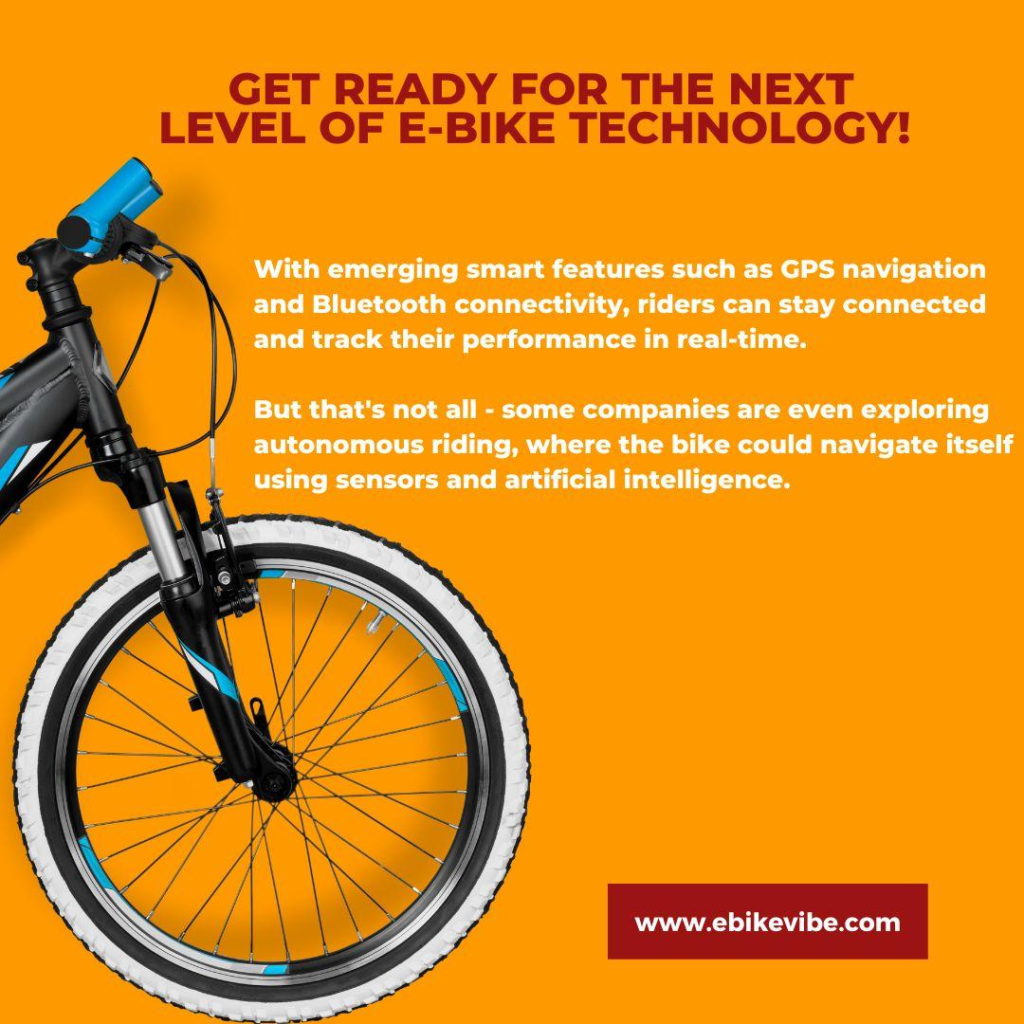
Autonomous Riding:
Some companies are even exploring the possibility of autonomous riding, where the bike could navigate itself using sensors and artificial intelligence. This technology could revolutionize transportation and make e-bikes even more convenient and accessible.
Future of E-Bike Technologies
So, what does the future hold for e-bike technologies? There are numerous potential innovations in the e-bike industry; however, there are a few areas where we are going to witness the progress in the coming years:
Efficiency:
E-bikes will likely become even more efficient in the future, with improvements in battery and motor technologies. It means that they can go to a longer range, have a faster speeds and more power.
Affordability:
As e-bikes become more popular, they will likely become more affordable. This could open up the market to more riders and make e-bikes a more accessible transportation option for people of all income levels.

Customization:
E-bikes may become even more customizable in the future, with riders able to personalize everything from the level of assistance provided by the motor to the bike’s handling and performance characteristics.
Safety:
Safety is always a top priority for riders. However, e-bikes may become even safer in the future. There is an emerging advancement in sensor technologies and AI that help riders avoid accidents and navigate challenging road conditions.
Conclusion
E-bikes have come a long way since their inception as simple pedal-assisted bicycles. With advancements in technology, they have transformed into sophisticated machines. They are equipped with powerful motors, high-capacity batteries, and intelligent controllers. However, the future looks even more promising, with emerging technologies like smart features, solid-state batteries, and even autonomous riding. Thus, it is really a thrilling time for e-bike enthusiasts as they witness the evolution of this eco-friendly and convenient mode of transportation.


